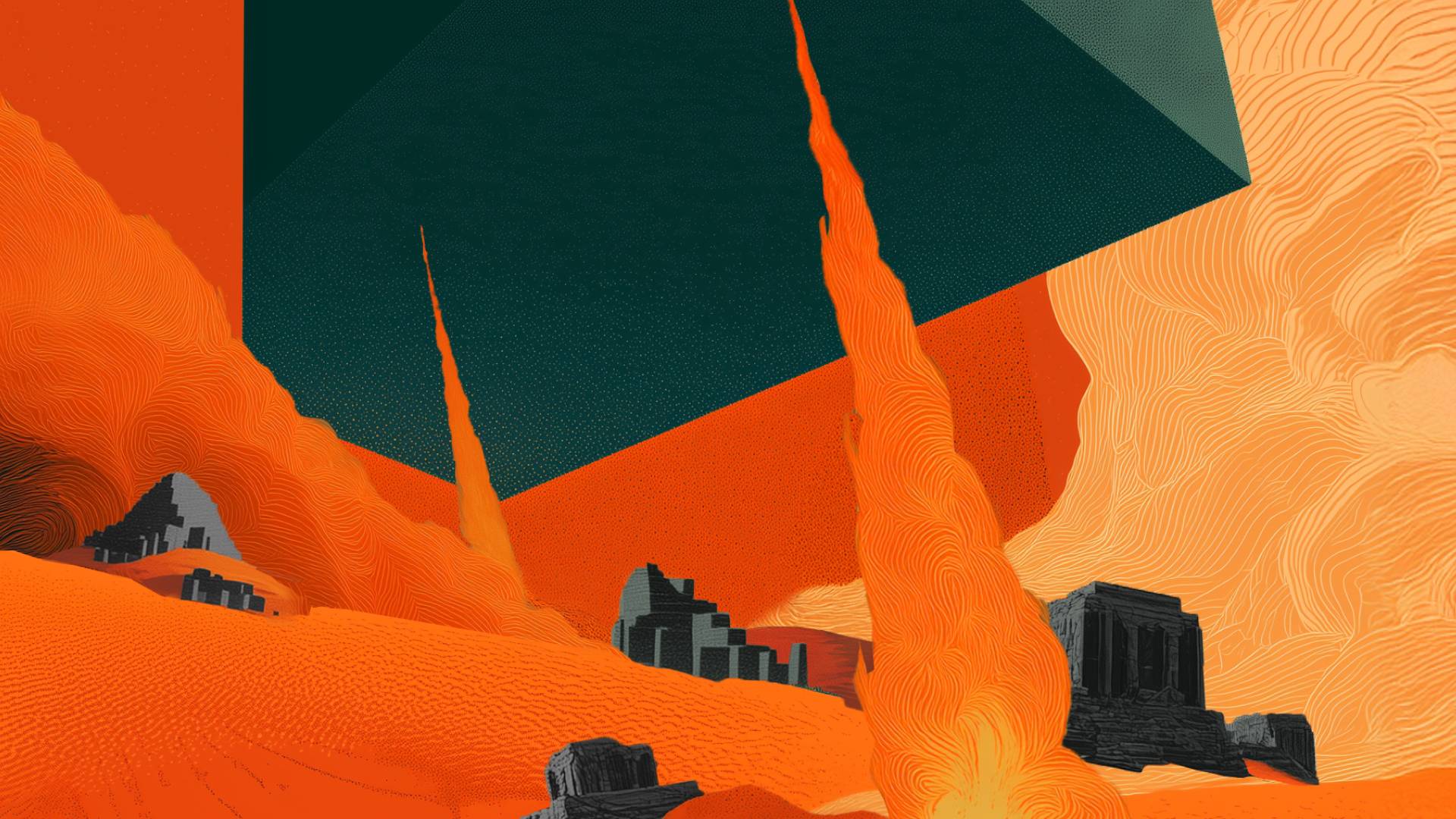Today, I feel compelled to share something with you that still makes my heart beat faster: the birth of Skies Afire, the book I co-wrote with pioneer Erich von Däniken. Two years of work, miles traveled between Piedmont and Interlaken, hours spent in his study surrounded by shelves overflowing with slides, parchments, and photographs taken when many sites were still untouched. Over two years of emotions, literally: each chapter smells of old paper and echoes with our evening conversations.
I have decided to tell you how the project came about, what you will find in these pages, and why it is a ‘centrifugal’ text, capable of breaking out of my usual boundaries to embrace the outside: from the Bhāgavata Purāṇa to the Sumerian-Akkadian lamentations, from the Dogon to the embryonic quantum physics of the Upaniṣads.
English subtitles
From idea to manuscript: an emotional workshop
It all started with a phone call from Elisabetta, the backbone without whom my ideas would remain scattered sheets of paper. “Mauro, we have to write a book with Erich von Däniken. It would be the natural culmination of both our work.”
I confess: at first, I was daunted by the task. Erich is not only the author of Chariots of the Gods: he is the man who, sixty years ago, threw a stone into the pond of academic dogma, when talking about ancient spaceships meant burning your career.
We met in Interlaken. He opened his private archive to me: thousands of images, many of which are now impossible to replicate because those sites are closed, badly renovated, or destroyed. “It’s all at your disposal,” he said with the simplicity that only great people possess.
At that moment, I realized that Cieli in Fiamme would not be just another book, but a synthesis of two methods: mine, philological and centripetal (I start from the literal Hebrew Bible); his, empirical, emotional, and centrifugal (he starts from the ground, from the reliefs, from unfiltered questions). Mixing our paths meant producing a new narrative: not a biblical commentary, not a travel album, but a bridge between text and stone, between philology and dust.
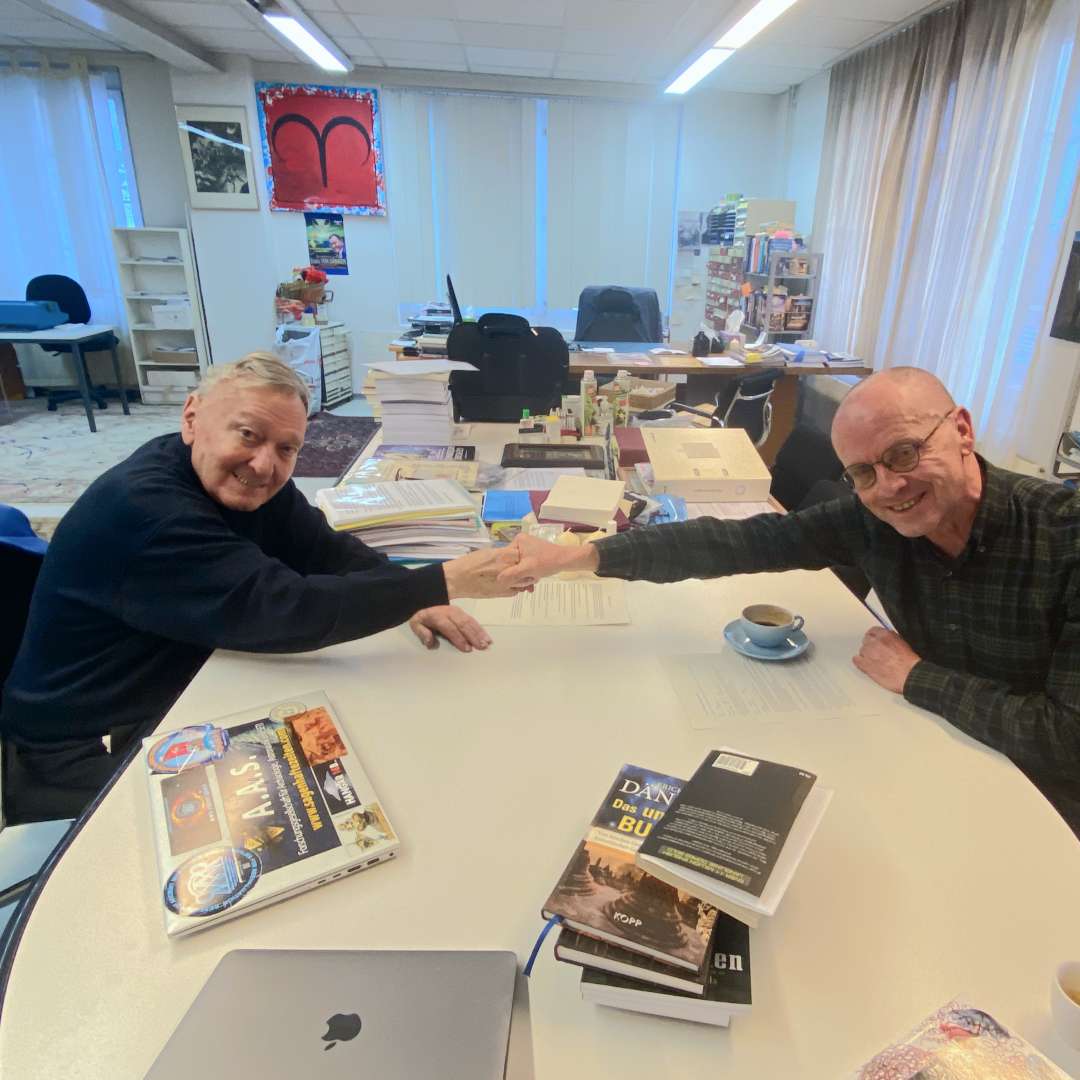
An almost academic approach (without the chains of dogma)
We chose a rigorous structure: notes, bibliography, cross-references. Davide Bolognesi, senior editor at Tuthi Edizioni, pieced everything together with painstaking patience, standardizing style and sources. The result? An essay that could sit on a university shelf but retains its popular appeal.
For each statement, we indicate the primary source:
- a Hebrew verse in transliteration;
- a paragraph from the Book of the Dead;
- a cuneiform tablet with a catalog number;
- a peer-reviewed article in Nature describing a “silicate glass” crater compatible with a nuclear explosion… only to conclude that “it cannot be” because the site is too ancient.
This methodological paradox—recognizing evidence and denying it out of chronological prejudice—is the common thread running through the book. Erich and I respond assertively: if the traces match the description of a high-energy event, honest science must at least admit the hypothesis, not dismiss it entirely “because it can’t be.”
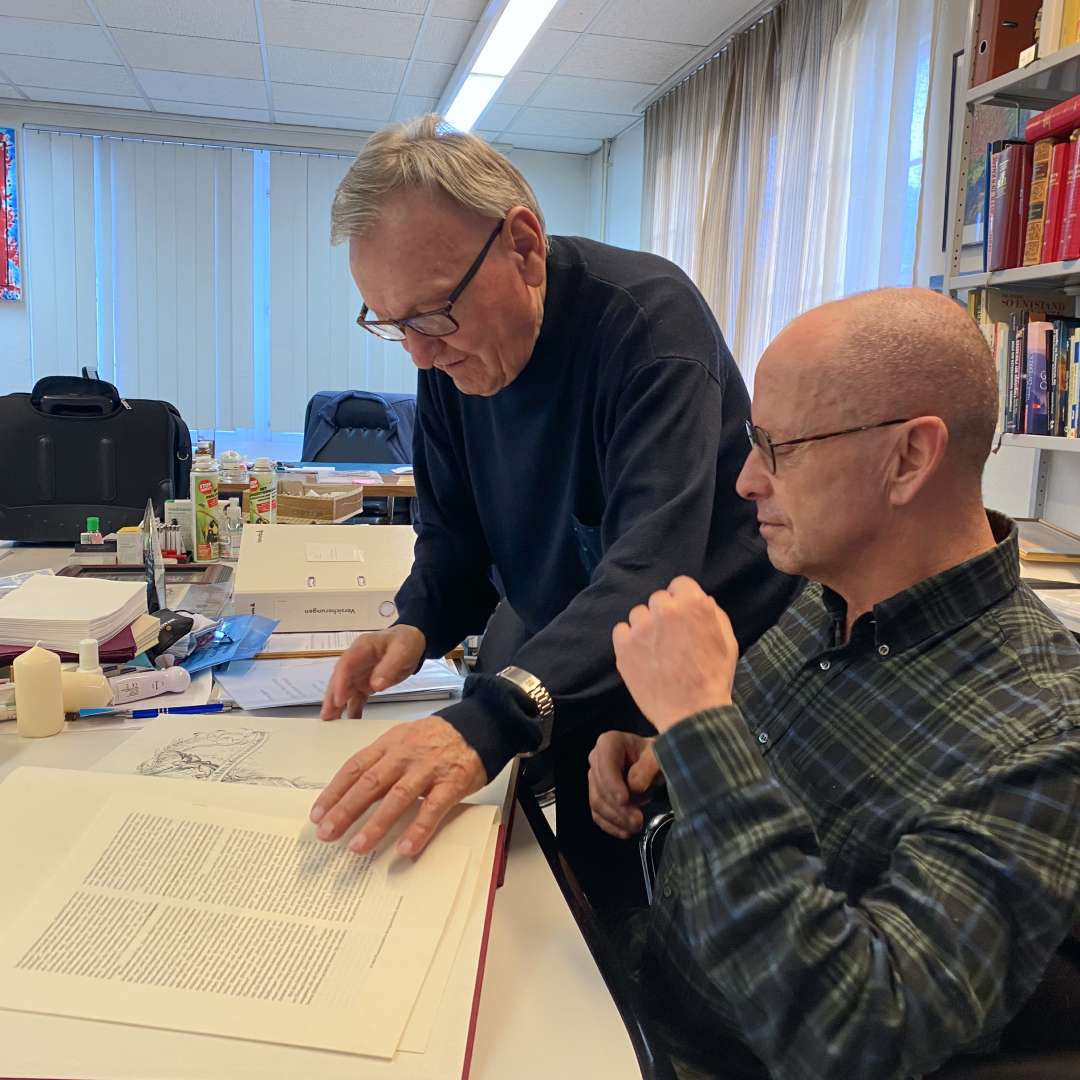
From the center to the suburbs: why I am abandoning old boundaries
Those who have been following me since 2010 know that I had imposed a boundary on myself: “I only talk about the Bible.” Cieli in Fiamme breaks that boundary. Of course, you will find Abraham, Ezekiel, Solomon, the kavod that vibrates and burns. But soon after, you will travel to Ethiopia with the Kebra Nagast, to the banks of the Ganges aboard the vimāna, to the Dogon Valley to decipher the mystery of Sirius B.
This choice stems from empirical evidence: all archaic cultures, from Africa to the Andes, tell the same narrative pattern—‘celestial’ beings who descend enveloped in fire, clouds, and earthquakes. The signs are consistent even in the vocabulary: the Sumerians speak of “terrible” ME, the Egyptians of Ra who “illuminates the darkness with his fire,” and the Bible of a kavod that “makes a great noise behind him.”
If twenty peoples, without the internet, describe the same event, the ‘copying’ hypothesis falters; the trail of ‘converging testimony’ takes shape.
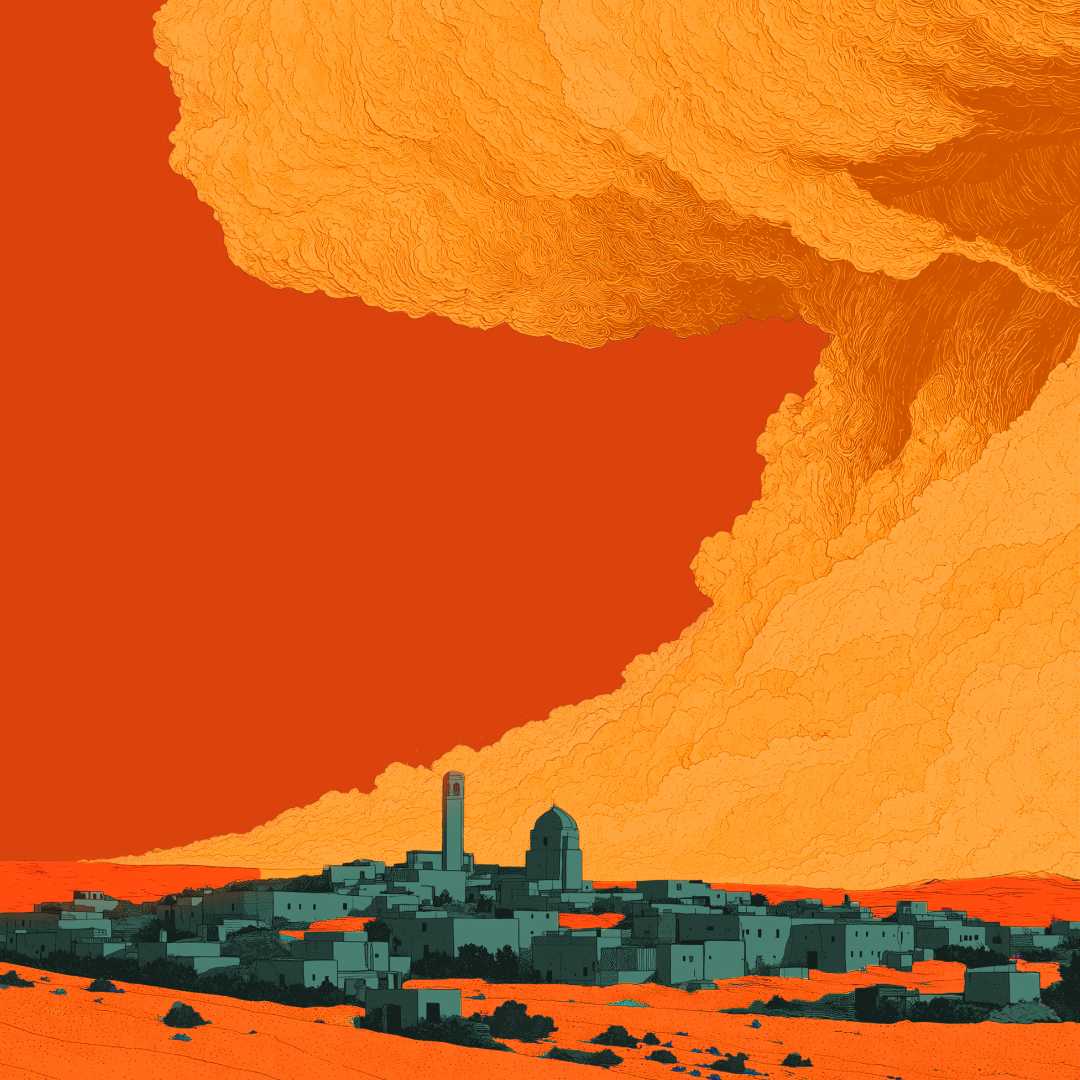
Sodom, Gomorrah, and the ‘Evil Wind’
One of the most powerful examples comes from the Middle East. In Cieli in Fiamme (Skies on Fire), we devote a lot of space to the Sumerian-Akkadian accounts known as the Lamentations: texts that speak of an “evil wind” capable of vitrifying stone and disintegrating bodies. This is not fantasy: excavations in the Jordan Valley show pulverized houses and calcified bones. An international team has published a mineralogical analysis in Nature: patterns identical to those of an atomic explosion. However, in an act of reverse faith, the authors dismiss the nuclear explanation as ‘too ancient’.
We go one step further: we place this data alongside the biblical verses on Sodom and Gomorrah, the Hittite chronicles of weapons ‘that burn the sky’, and Indian traditions about divine ‘astras’. The picture becomes coherent: in the distant past, someone possessed devices with colossal energy and used them.
Being aware of this precedent is not morbid: it helps us reflect on the present. As I write, the news is full of nuclear tensions between Israel and Iran. Three millennia have passed, but the stage is the same. Knowing history may help us avoid repeating it.

Between ruach and portals: technology described, not mythologized
One of the biggest stumbling blocks is translation. Take ruach: wind? Spirit? It depends on the context. Ezekiel uses ruach to describe the movement of the ‘great’ vehicle, and kavod for the ‘small’ one that takes off with a roar. Translating kavod as ‘glory’ risks the grotesque: the glory of God with a catalytic converter?
The same goes for the flying palaces of the Bhāgavata Purāṇa: “they traveled like the wind, could hover in orbit, had gardens, dormitories, and game rooms.” Is this a spiritual metaphor or a pre-scientific description of an orbital habitat?
In the book, we hypothesize a two-stage model: large interstellar ships, true celestial cities that remained in orbit, and chemical-fueled atmospheric shuttles for landing. The same concept is explained by Erich with the metaphor of an aircraft carrier: nuclear propulsion for the ocean, tenders or inflatable boats for the beach.
Physics of the past: atoms according to the ancients
There is a chapter I love called ‘The physics of the past’. I quote the Vaiśeṣika Sūtra: ‘Two paramāṇu form an aṇu; from their aggregation, objects arise’. This is quantum chemistry in Sanskrit. The ancient authors did not “play” with spiritual terms: they described the structure of matter. To deny this is to underestimate an immense heritage.
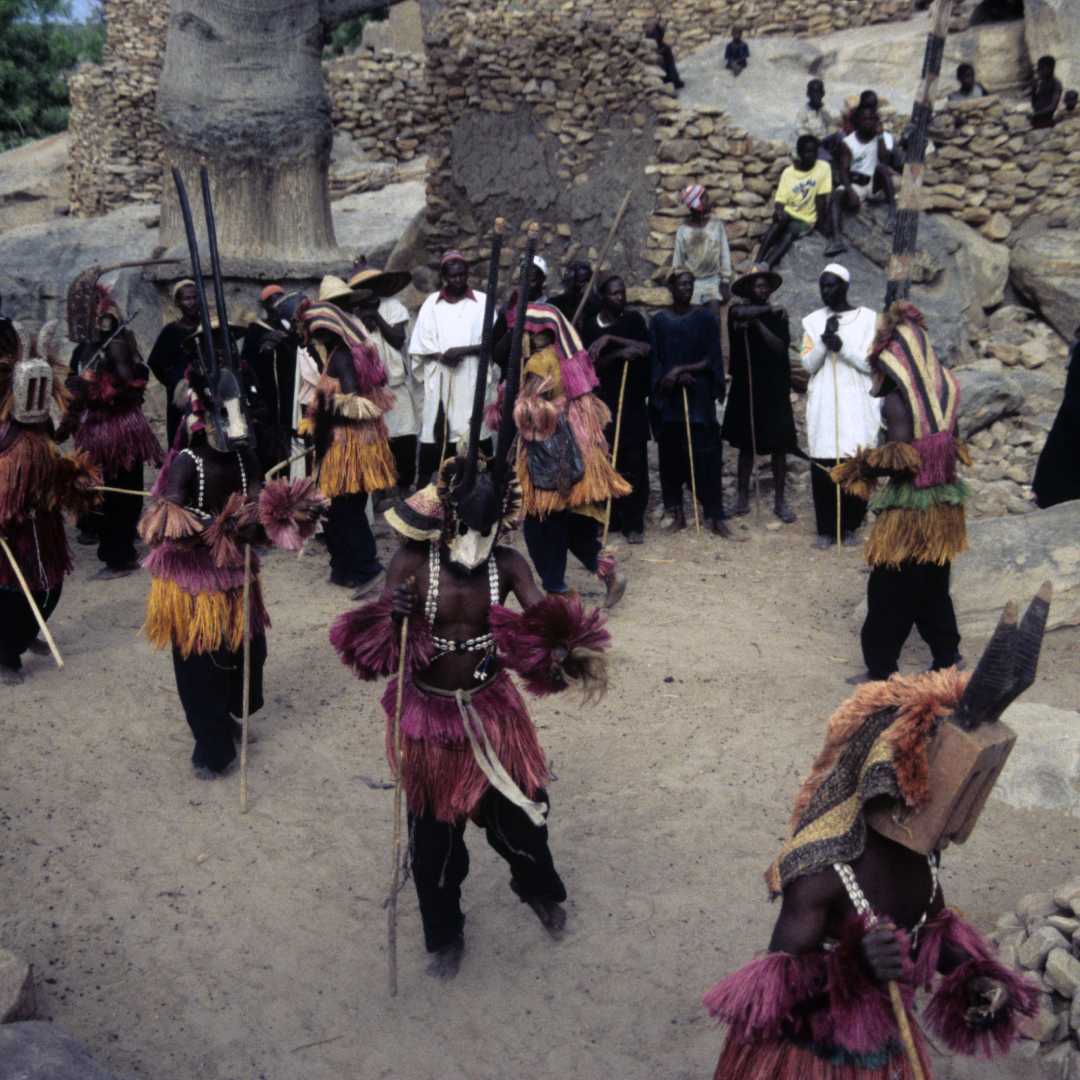
The Dogon and Sirius B: chronicle of an impossible
Many people ask me, “Why include the Dogon tribe?” The answer lies in the facts.
In the 1970s, French anthropologists collected the myth of Amma, Sirius’ companion star, from populations without telescopes. Today we know that Sirius B exists and has an enormous mass. Erich visited Mali when the villages were still open to scholars; he took photographs that we are publishing in their entirety.
The Dogon story includes precise details about the elliptical orbit that science would confirm decades later. Coincidence? Shamanic vision? Or the legacy of an ancient contact “taught” by the same star travelers of our sacred texts?
Courage and academia: a difficult dialogue, but not impossible
While writing the texts, I sensed a change.
Many young researchers, even in universities, write to say, ‘We cannot yet make certain hypotheses explicit, but we read your books in secret’. This is a comforting sign. Scientific progress arises from conjectures to be verified, not dogmas to be defended. Erich himself recalls Maya-logists who admitted (off the record) the existence of dates that were ‘out of tune’ with the official chronology.
Some contributions to Cieli in Fiamme report the anonymous statements of researchers who prefer to remain in the shadows. It is sad, but it is already a step forward: the crack exists, the light is filtering through.

The last chapters: from the “Evil Wind” to the stars
For me, the emotional heart of the book is the last three chapters.
- The wind of evil, a philological reinterpretation of the Sumerian Lamentations.
- Portals between worlds, an analysis of Psalm 24 and the Egyptian Book of Gates; we discover almost identical formulas – petachim le’olam and “open the gate to Ra” – which speak of space-time gateways.
- Towards the stars, an ode to the future: we look up, like Galileo, and wonder if we, children of ancient “space masters,” will be able to cross those portals ourselves.
The book closes with a reflection on the responsibility of knowledge: knowing the power of ancient weapons and the wisdom of those who, perhaps, accompanied us this far should make us more human, not more arrogant.
Frequently asked questions about Skies Afire
“Is it a science fiction book?”
Absolutely not. It is an essay that uses comparative historical criteria. The hypotheses are bold, but the sources are real, cited, and verifiable.
“Do I need to know Hebrew or Sanskrit to understand it?”
No: we include the original transliteration and the literal translation, explaining each key term. The apparatus is designed for the curious reader, not the specialist.
“How is it different from your previous books?”
The main difference is its “global” focus: no longer just the Bible, but a constellation of texts and artifacts scattered across five continents, read in the light of an integrated philological-archaeological method.
“Are there any unpublished photos?”
Yes, over fifty shots from Erich’s personal archive: Yemen before the wars, Nubian temples now submerged, interiors of Petra that were only accessible to researchers in the 1970s.
“Can I use the book for a university thesis?”
Many undergraduates are already doing so. Our notes refer to peer-reviewed publications, cuneiform tablet codes, and museum records. The material is ready for serious academic use.
Why read Skies Afire now
- It is a bridge between philological approach and fieldwork.
- It offers verifiable sources: extensive notes and bibliography, not slogans.
- It speaks in the present tense: today’s wars echo yesterday’s conflicts, reminding us that the stakes are always the same—survival, memory, the sky.
- It sparks curiosity: science lovers will find data to investigate; those seeking meaning will find questions about our cosmic identity.
- It is engaging: page after page, you will hear the voice of those who saw – Erich – and those who translated literally – me.
Conclusion
Writing Skies Afire has changed me profoundly. It forced me to dismantle my own barriers, to look at the Bible no longer as an island but as part of a global narrative archipelago. It has strengthened my conviction that human history is longer, more intricate, more electric than we have been taught and are still being taught today.
If you have read this far, thank you from the bottom of my heart. Keep searching, keep questioning, keep asking questions. Only then, perhaps, will we one day look up and see those skies on fire not with fear, but with the wonder of those who finally recognize their place among the stars.
See you soon, Mauro
One last invitation
If you love free research, share this article, comment on the blog, spread your insights. Every discussion is another brick in the bridge that will lead us—I am sure of it—to rewrite our history together.


